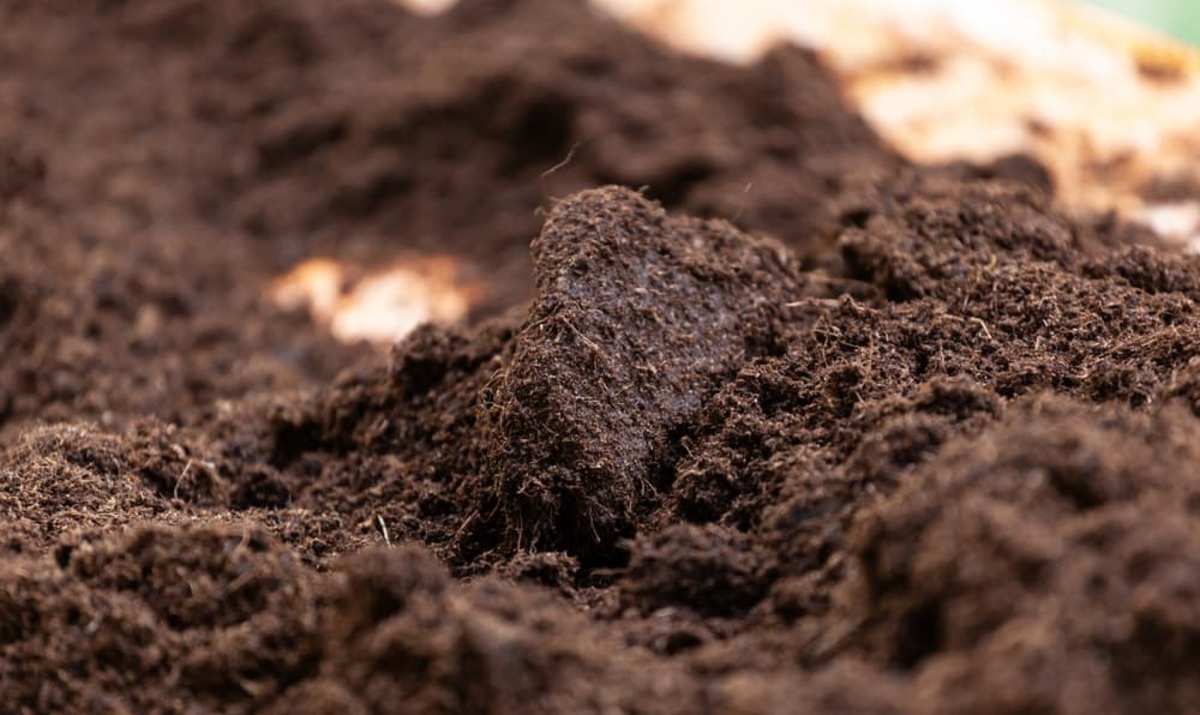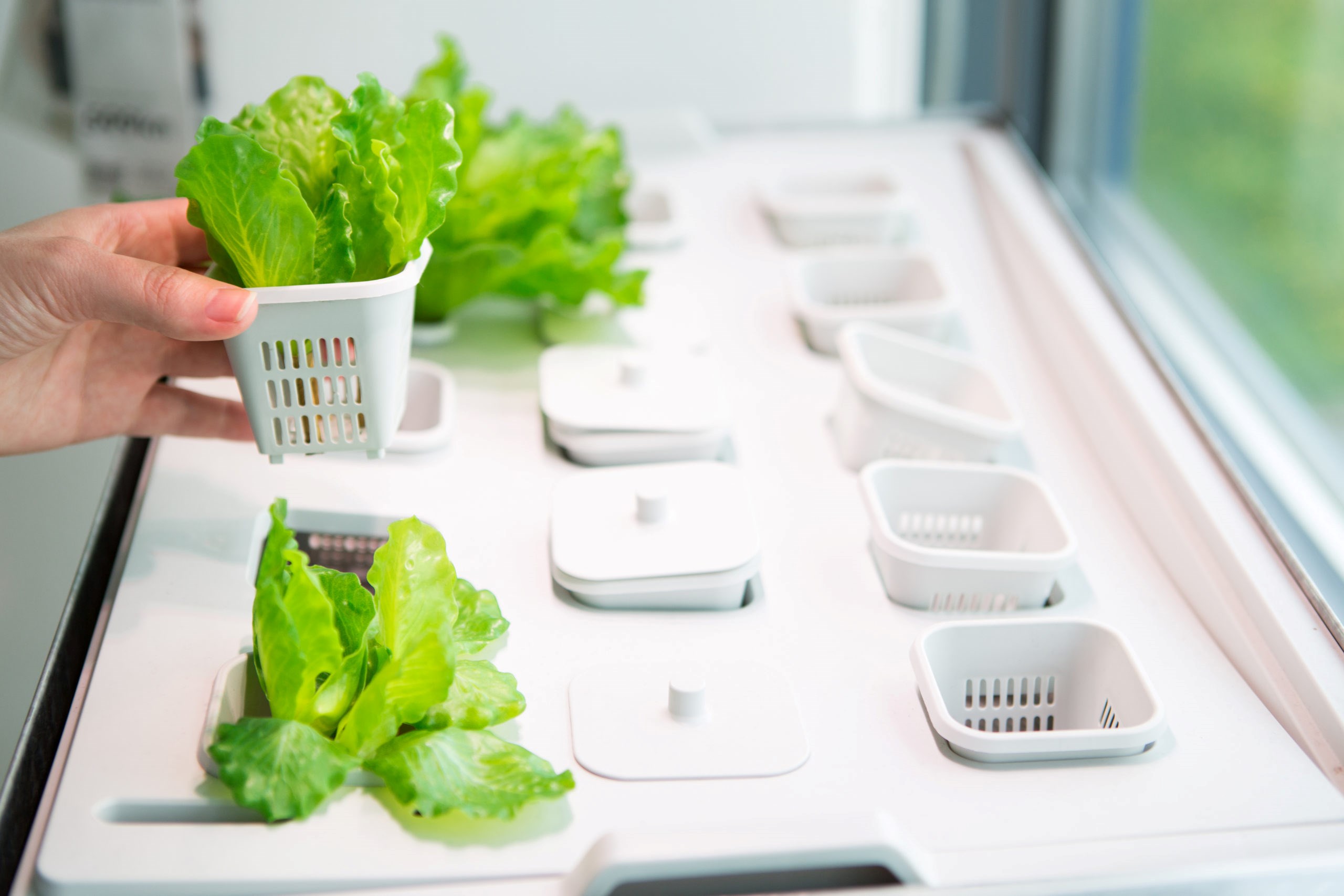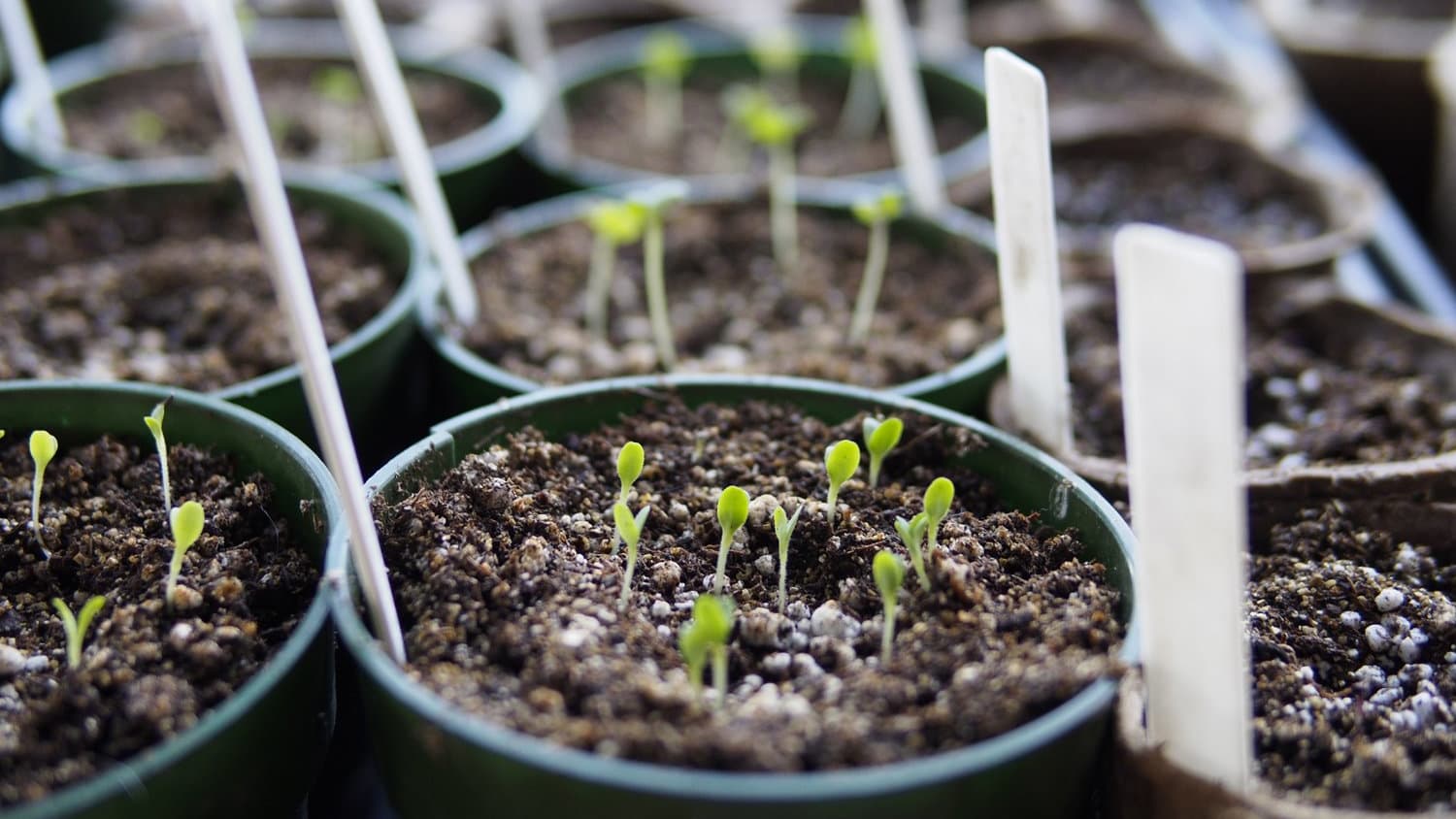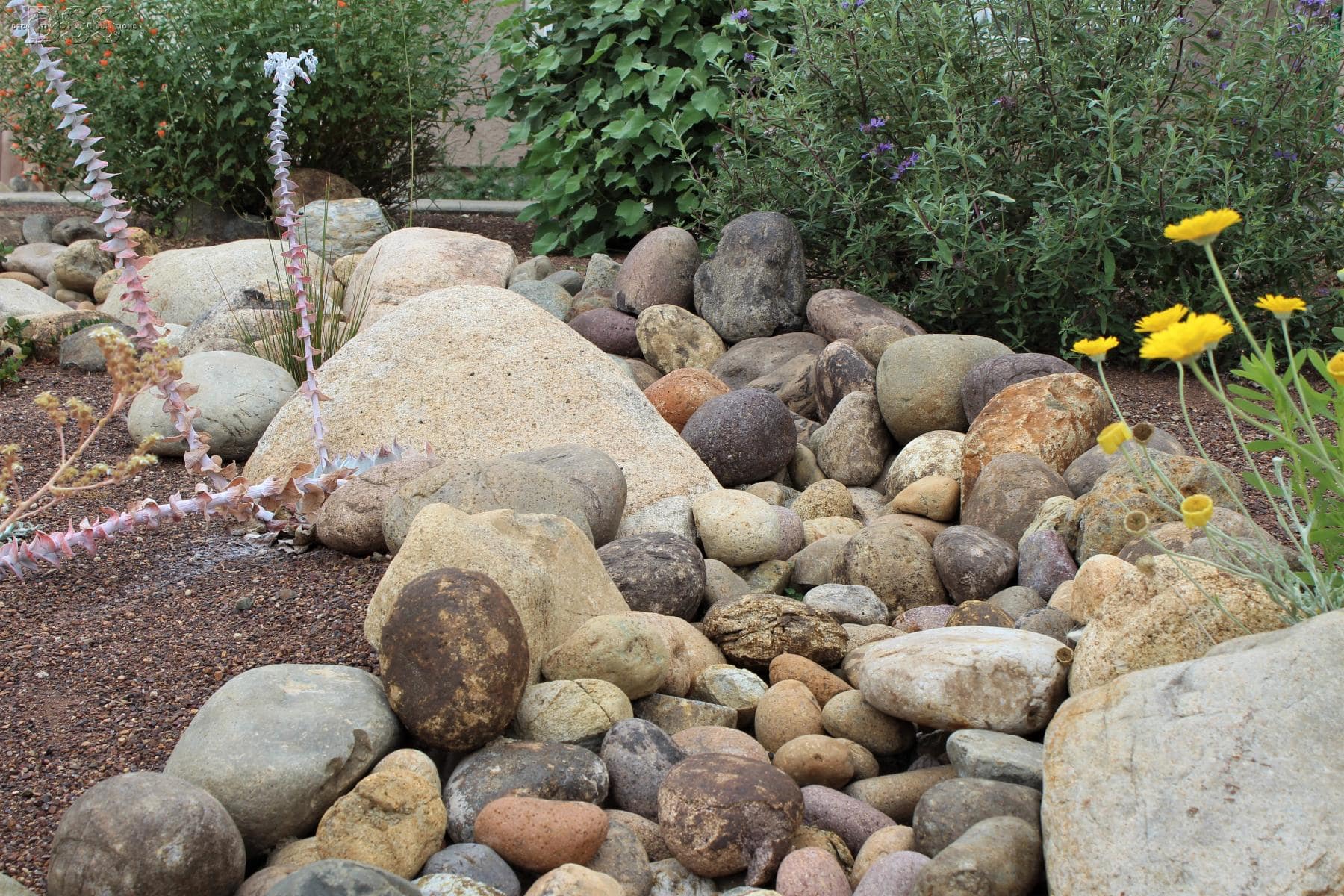Home>Gardening Basics>Understanding Soil>How Many Yards Of Topsoil Do I Need
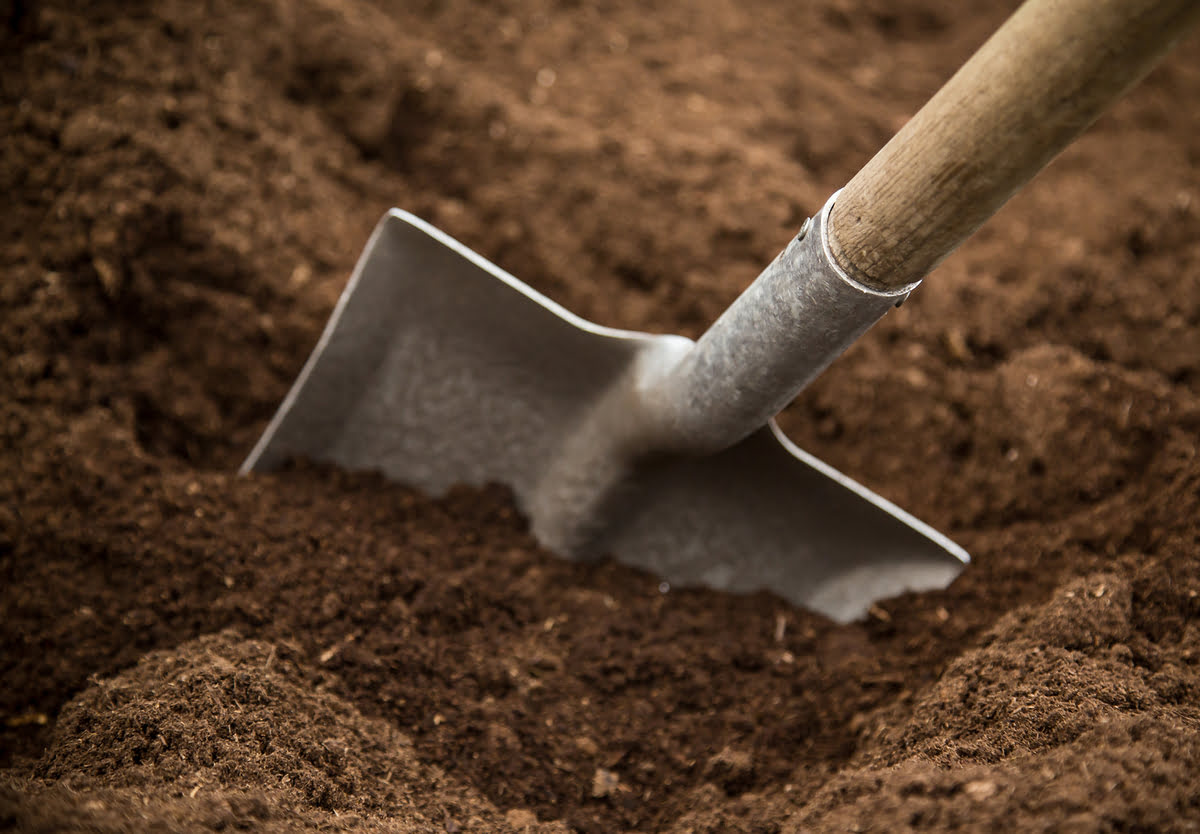

Understanding Soil
How Many Yards Of Topsoil Do I Need
Modified: February 10, 2024
Learn how to calculate the amount of topsoil needed for your project. Gain a better understanding of soil and make informed decisions for your landscaping needs.
(Many of the links in this article redirect to a specific reviewed product. Your purchase of these products through affiliate links helps to generate commission for Chicagolandgardening.com, at no extra cost. Learn more)
Table of Contents
Introduction
Welcome to the world of soil! As a gardener or landscaper, it’s crucial to have a deep understanding of one of the most vital components of any planting project: topsoil. Whether you’re planning to create a beautiful garden, rejuvenate your lawn, or embark on a landscaping endeavor, knowing how much topsoil you need is essential for success.
Topsoil serves as the uppermost layer of soil, ranging from a few inches to a foot in thickness. It is rich in organic matter and nutrients, making it ideal for plant growth. However, determining the right amount of topsoil can be challenging, as it depends on several factors such as the size of your garden or project area, the desired depth of topsoil, and the type of plants you intend to grow.
In this article, we will delve into the intricacies of topsoil and provide you with a comprehensive guide to help determine how many yards of topsoil you need for your specific project. Whether you’re a novice gardener or an experienced landscaper, this information will empower you to make informed decisions and achieve the best results for your outdoor space.
So, let’s dig in and discover the world of topsoil, how to assess your project area, calculate the required amount of topsoil, and offer tips for purchasing the right product for your needs.
What is topsoil?
Topsoil is the uppermost layer of soil, typically ranging from 2 to 12 inches deep. It is a critical component for plant growth as it provides the nutrients, organic matter, and moisture retention necessary for healthy root development.
Topsoil varies in composition depending on the geographical location and the parent material from which it is formed. It’s often a mixture of sand, silt, clay, and decomposed organic matter. The balance of these components determines the texture and fertility of the topsoil.
High-quality topsoil contains a good balance of organic matter, which promotes the growth of beneficial microorganisms and improves the soil structure. It also aids in water drainage and retention, preventing soil erosion and runoff during heavy rainfall.
One important thing to note is that not all topsoil is the same. Different regions and suppliers may offer varying qualities, so it’s crucial to carefully select a topsoil that is suitable for your specific needs. Poor quality topsoil may lack necessary nutrients, be filled with weeds or pests, or have a high clay content that prevents proper drainage.
In summary, topsoil is a vital component of any gardening or landscaping project. Its nutrient-rich composition, organic matter content, and proper drainage capabilities contribute to healthy and productive plant growth.
Factors to consider when determining how many yards of topsoil you need
Calculating the amount of topsoil you need for your project requires careful consideration of various factors. By taking these factors into account, you can ensure that you have enough topsoil to create a healthy growing environment for your plants. Here are some key factors to consider:
- Size of your garden or project area: The total square footage of your garden or project area will directly affect how much topsoil you need. Measure the length and width of the area and multiply the two numbers to get the square footage.
- Desired depth of topsoil: The depth of topsoil you require will depend on the types of plants you intend to grow. Generally, a depth of 6 inches is considered ideal for most garden beds and lawns. However, deeper-rooted plants may require a greater depth of topsoil.
- Type of plants: Different plants have varying nutrient requirements. Research the specific needs of the plants you plan to grow and adjust the amount of topsoil accordingly. Some plants may require more or less topsoil depending on their growth habits and nutrient demands.
- Landscaping features: Consider any existing landscaping features such as slopes, raised beds, or terraces. These features may require additional topsoil to ensure proper coverage and stability.
- Soil condition: The existing soil condition also plays a role in determining how much topsoil you need. If your soil is poor in quality or lacking nutrients, you may need to add a thicker layer of topsoil to compensate.
By considering these factors and assessing your specific project requirements, you can calculate the amount of topsoil needed more accurately. Keep in mind that it’s always better to have a slightly excess amount of topsoil than not enough, as it can be used for future gardening needs or to amend other areas of your landscape.
Assessing your garden or project area
Before determining how many yards of topsoil you need, it’s important to assess your garden or project area thoroughly. By understanding the specific characteristics of the area, you can make more accurate calculations and ensure optimal results. Here are some factors to consider when assessing your garden or project area:
- Existing soil quality: Take a close look at the quality of your existing soil. Is it heavy clay, sandy, or loamy? Assessing the soil texture and composition will provide insights into its drainage capabilities and nutrient content.
- Slope or grade: Evaluate the slope or grade of your garden or project area. Steep slopes may require additional topsoil to prevent erosion and provide stability for plants.
- Drainage: Consider the drainage patterns in your garden. Areas with poor drainage may need a thicker layer of topsoil or additional amendments to improve water movement and prevent waterlogged conditions.
- Existing vegetation: Take note of any existing vegetation, such as trees, shrubs, or lawn, that will remain in the area. Consider their root systems and how they may impact the distribution of topsoil.
- Utility lines and structures: Identify any underground utility lines or structures present in your garden. Be cautious when adding topsoil to ensure you don’t disrupt or damage these elements.
- Accessibility: Assess the accessibility of your garden or project area for delivery of topsoil. This will help determine the method and equipment required for delivery.
By evaluating these aspects, you can gain a better understanding of your garden or project area and make more informed decisions regarding the amount of topsoil needed. It’s always beneficial to take photographs and measurements to refer to during the calculation process.
Calculating the amount of topsoil needed
Once you have assessed your garden or project area and considered the relevant factors, you can now calculate the amount of topsoil needed for your specific project. Here are the steps to follow:
- Measure the dimensions: Using a measuring tape, measure the length and width of your garden or project area in feet. Note down these measurements.
- Calculate the square footage: Multiply the length by the width to determine the total square footage of your garden or project area. For example, if your garden is 20 feet long and 10 feet wide, the square footage would be 200 square feet.
- Determine the desired topsoil depth: Decide on the ideal depth of topsoil you want for your project. As mentioned earlier, a depth of 6 inches is commonly recommended for most gardening beds and lawns.
- Convert the depth to feet: Convert the desired depth from inches to feet. Divide the depth in inches by 12 to get the equivalent depth in feet. For example, if you want a topsoil depth of 6 inches, the calculation would be 6 ÷ 12 = 0.5 feet.
- Calculate the cubic feet: Multiply the square footage by the desired topsoil depth to obtain the cubic footage. Using the previous example, if your garden is 200 square feet and you want a topsoil depth of 0.5 feet, the calculation would be 200 × 0.5 = 100 cubic feet.
- Convert cubic feet to yards: Since topsoil is typically sold in cubic yards, you need to convert the cubic footage to cubic yards. Divide the cubic feet by 27 to get the cubic yardage. For our example, 100 cubic feet ÷ 27 = 3.7 cubic yards (rounded up).
By following these steps, you can calculate the approximate amount of topsoil you need for your garden or project area. Remember that this calculation provides an estimate, and it’s always a good idea to order slightly more topsoil than you think you need to account for any variations in depth or unforeseen obstacles.
Tips for purchasing topsoil
When it comes to purchasing topsoil, it’s important to ensure that you are getting a high-quality product that will benefit your garden or landscaping project. Here are some valuable tips to keep in mind:
- Research reputable suppliers: Take the time to research and choose reputable suppliers that specialize in providing quality topsoil. Look for reviews and testimonials from previous customers to gauge their reliability and the quality of their products.
- Check for certifications: Verify if the supplier has any certifications related to soil quality or sustainability. Certifications like the US Composting Council’s Seal of Testing Assurance (STA) ensure that the topsoil meets specific standards.
- Inspect the topsoil: Before making a purchase, examine the topsoil visually. It should have a dark, rich color and a crumbly texture. Avoid topsoil that appears overly dry, clumpy, or contains debris such as rocks, roots, or weeds.
- Ask about soil composition: Inquire about the composition of the topsoil to ensure it matches your specific project needs. For example, if you’re planning to grow vegetables, a topsoil rich in organic matter would be beneficial.
- Consider delivery options: Find out if the supplier offers delivery services and if there are any additional fees involved. Ensure that the delivery can be scheduled at a convenient time for you and that the topsoil can be dropped off in the desired location.
- Compare prices: Obtain quotes from multiple suppliers and compare prices. However, be cautious of extremely low prices, as they may indicate poor quality topsoil. It’s worth investing in a higher-priced product that will provide better results in the long run.
- Ask for recommendations: Seek recommendations from fellow gardeners, landscapers, or professionals in the industry. They may be able to provide insights into trusted suppliers who offer topsoil that consistently meets expectations.
- Consider soil testing: If you’re unsure about the quality of your existing soil or the topsoil you plan to purchase, consider getting a soil test done. This will provide valuable information about nutrients, pH levels, and any amendments needed to optimize plant growth.
By following these tips, you can ensure that you are purchasing high-quality topsoil that will support the health and growth of your plants, ultimately leading to a successful gardening or landscaping project.
Conclusion
Understanding how much topsoil you need for your garden or landscaping project is crucial for creating a healthy and thriving outdoor space. By considering factors such as the size of your area, desired topsoil depth, and the specific needs of your plants, you can calculate an approximate amount of topsoil required. Remember to assess your garden or project area thoroughly to ensure accurate calculations.
When purchasing topsoil, make sure to research reputable suppliers, check for certifications, and inspect the quality of the topsoil visually. It’s also essential to consider delivery options, compare prices, and seek recommendations from trusted individuals in the industry.
Keep in mind that the calculations provided are estimations, and it’s always advisable to order slightly more topsoil than you think you need. This allows for variation in depth and unforeseen circumstances.
With the right amount of topsoil and proper soil preparation, you can provide your plants with the optimal growing conditions they need to thrive. So get ready to dig in, embark on your gardening or landscaping project, and watch your outdoor space transform into a flourishing oasis!
